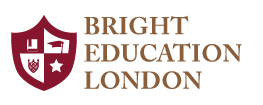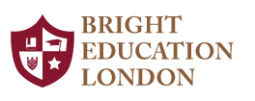Overview
The programme trains Trainers and Facilitators, who in turn train parents and other care workers or support workers to use scientifically proven strategies for promoting child development, reducing disruptive behaviors and strengthening their own coping skills.
Autism is a lifelong neurological and developmental disorder that affects children/young people in different ways. As a spectrum disorder, pupils with autism can have difficulties communicating with and relating to others and display restricted and repetitive interests and behaviours. Building a secure knowledge of
Educational settings can be a triggering environment for learners with autism. They may be oversensitive to some sounds, sudden movements, certain smells and visual stimuli. They can appear distressed or anxious when routines are changed. They may also show a lack of awareness or insensitivity to other people’s feelings or social cues. In this course, you will learn about the impact autism can have on a learner’s life. You will also learn how to make reasonable adjustments to your classroom and teaching practice to have a positive impact on your learner’s achievements, relationships and self-esteem.
This course aims to develop the knowledge, skills and practice of all education professionals working with children and young people (CYP) on the autistic spectrum. You will learn how to assess the needs of a learner and go on to develop a support plan consisting of SMART goals and interventions, which you will implement and later review to determine how well it meets the learner’s specific developmental needs.
This course responds to the information needs of the whole community/team supporting the child/young person with an autism spectrum disorder. Parents and carers benefit from a raised awareness of their child’s needs. Advisory teachers, therapists and educational psychologists gain access to evidence-based CPD resources that can be used to strengthen capacity in their local authority and schools.
On successful completion of the course, you will be able to:
- Describe the distinguishing features of autism spectrum disorders
- Explain the restricted flexibility in behaviour and thinking
- Identify potential atypical sensory responses to environment stimuli
- Explain the purpose and process of individual education assessments
- Choose appropriate assessment tools to determine the level of adjustments required
- Carry out assessments of communication, social integration and sensory processing abilities
- Evaluate particular behaviours and their implications for learning
- Design and plan strategies to reinforce desirable behaviour
- Devise interventions to develop communication and social skills
- Assist your school to develop an ASD-friendly learning environment
- Create an action plan to support a pupil/group of pupils in your school
We take pride in the following values
Fully participate in a safe, supportive and inclusive educational environment that stimulates and challenges pupils to be active participants in their learning
Respect
To maintain a positive atmosphere.
Autonomy
To attain independent and collective learning.
Values
Equality, diversity and inclusivity.
Dignity
Strive to accomplish aspirations.



